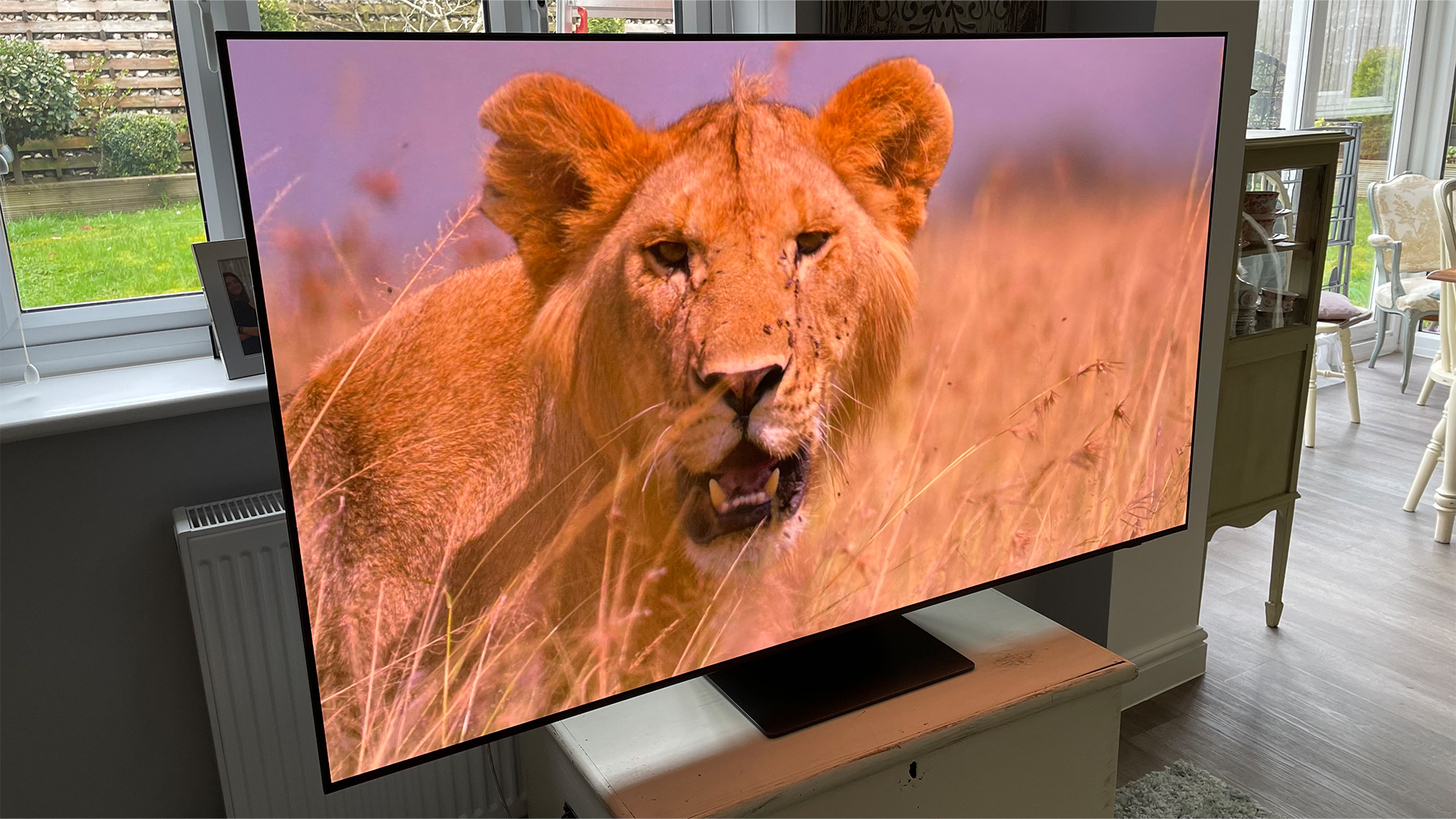Samsung has dropped a huge hint about its future OLED and Mini LED TV plans
Samsung is doubling down on making premium, giant OLED TVs its focus

Samsung has dropped a huge hint about its future TV plans, confirming premium, big screen OLED TVs will be its focus for the foreseeable future.
Samsung dropped the hint in its second quarter 2024 earnings statement where it confirmed:
“In the second half of 2024, overall market demand is expected to recover further due to growing demand for QLED, OLED and larger screen TVs. The Visual Display Business will capitalise on peak season demand by implementing sales programs centred around premium and large-size TVs.”
The company made the decision after reporting strong growth in the premium, especially, OLED TV market in the first half of the year. This suggests, though they weren’t mentioned by name, its current line of OLED sets, including the Samsung S95D and step down Samsung S90D have sold well.
Based on our time with the Samsung S95D, which earned a perfect five star rating when we reviewed it in our dedicated viewing rooms, this isn’t a huge surprise. With improvements to colour accuracy, motion handling and more, our reviewers continue to list the S95D as Samsung’s finest QD-OLED yet.
Neo QLED (Samsung’s term for Mini LED) is a vogue technology many companies are pushing, but is yet to match the experience offered by OLED, even in the top end of the market.
Sony’s Bravia 9 flagship and the Samsung QN95D Mini LEDs both earned four-star ratings when we reviewed them, with shared issues including less impressive black levels and near OLED level prices that hindered their overall appeal.
The latest hi-fi, home cinema and tech news, reviews, buying advice and deals, direct to your inbox.
Interestingly, Samsung also pegged the series of sports events this summer as another key area driving growth. This year we’ve seen huge F1 races, the Euros and ongoing summer Olympics.
The company put less of a focus on 8K TVs, despite listing them as a key priority and potential growth area in its previous statements.
The Samsung QN900D was the first 8K TV to earn five stars from our testers, thanks to its advanced upscaling powers. Despite this, while it is great for early adopters, our experts still recommend most people avoid 8K at the moment due to the lack of native content mastered at that resolution.
The company once again made no mention of plans to improve its smaller and more affordable TVs, which have struggled to perform well when we’ve tested them in recent years.
The Samsung CU800 demonstrated this when we awarded it two stars in January. Despite being very cheap and offering solid specifications, severe backlight issues made it impossible for our team to recommend.
Do you applaud Samsung’s focus on big, uber-expensive TVs? Let us know on our forums and social media channels.
MORE:
These are the best OLED TVs we’ve reviewed
Our picks of the best 65-inch TVs
We rate the best Samsung TVs money can buy

Alastair is What Hi-Fi?’s editor in chief. He has well over a decade’s experience as a journalist working in both B2C and B2B press. During this time he’s covered everything from the launch of the first Amazon Echo to government cyber security policy. Prior to joining What Hi-Fi? he served as Trusted Reviews’ editor-in-chief. Outside of tech, he has a Masters from King’s College London in Ethics and the Philosophy of Religion, is an enthusiastic, but untalented, guitar player and runs a webcomic in his spare time.
